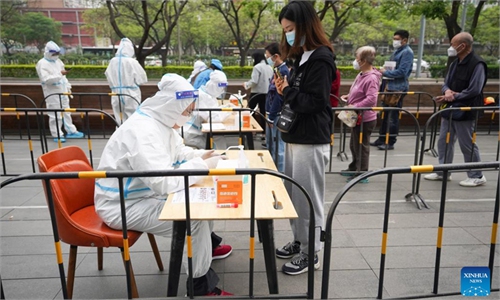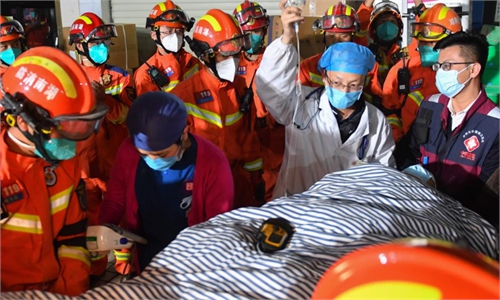ARTS / CULTURE & LEISURE
Restored Western-style building makes return as cultural landmark in Chongqing
A little bit of history
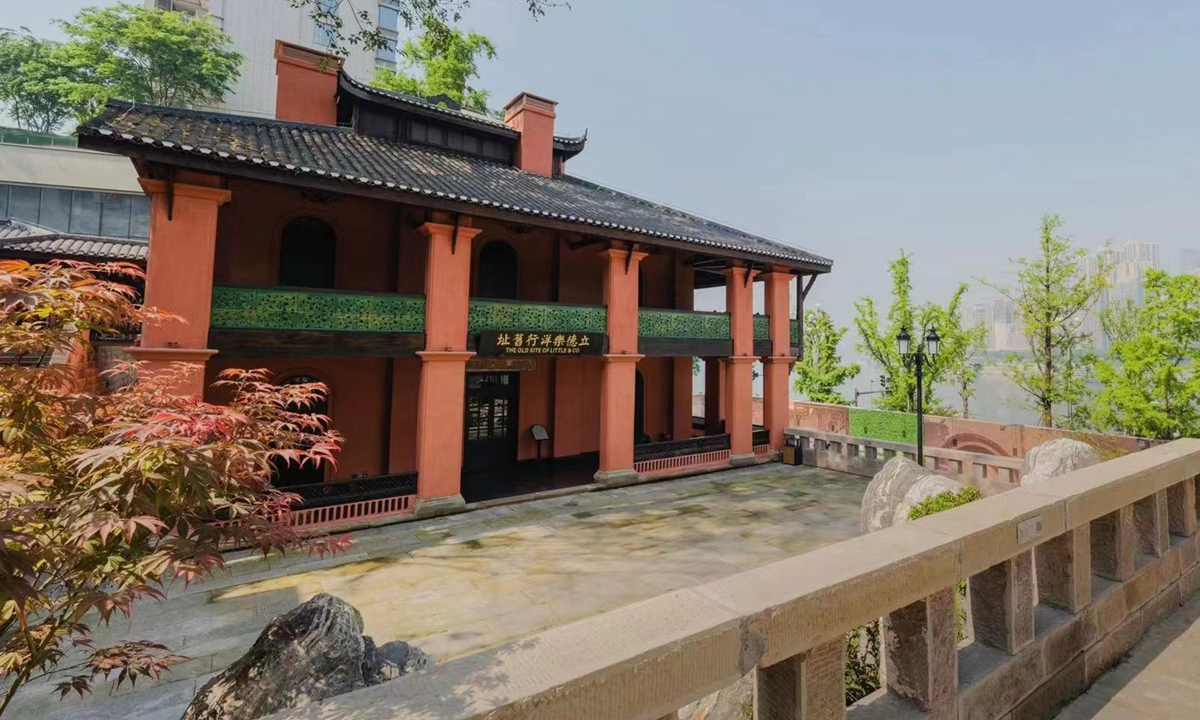
The old site of Little & CO in Chongqing Photo: Courtesy of Si Wei
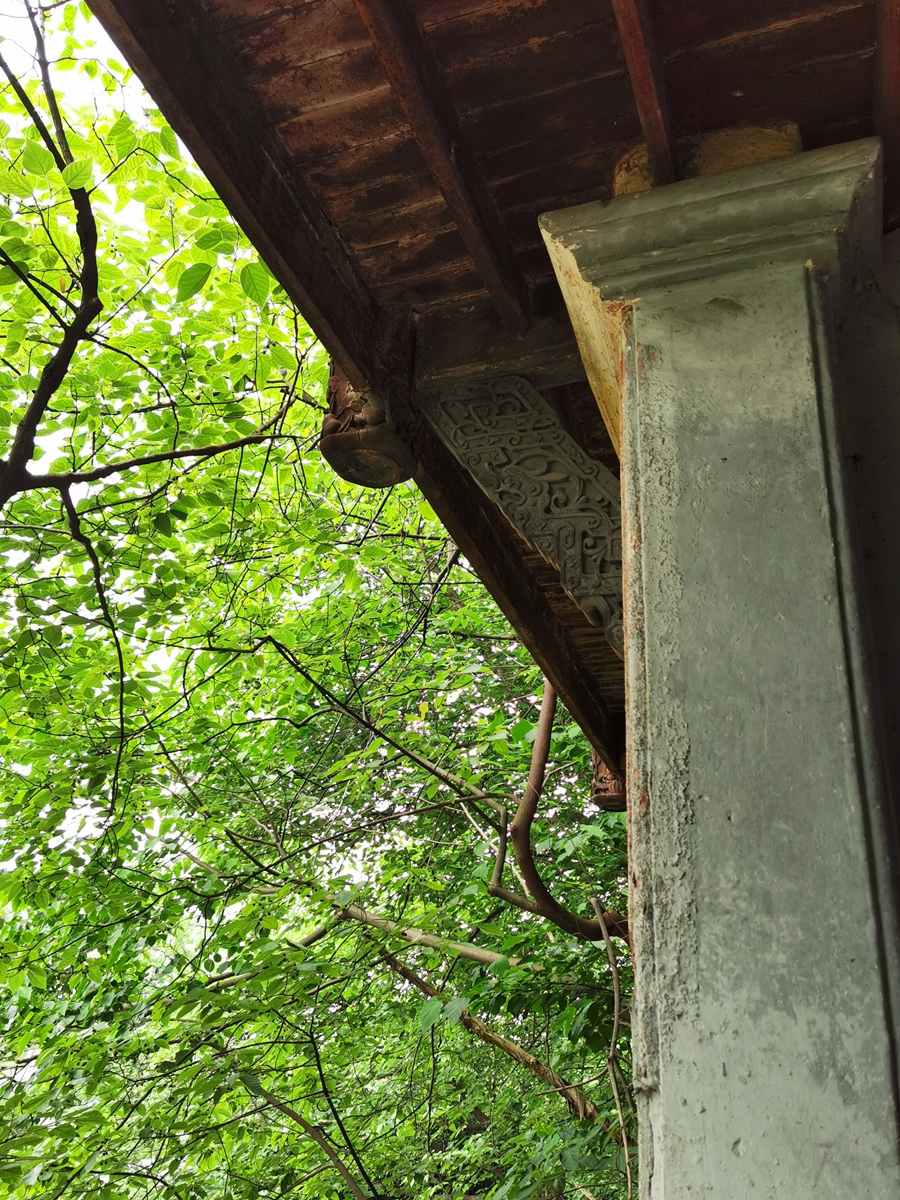
The Little & CO building before restoration Photo: Courtesy of Si Wei
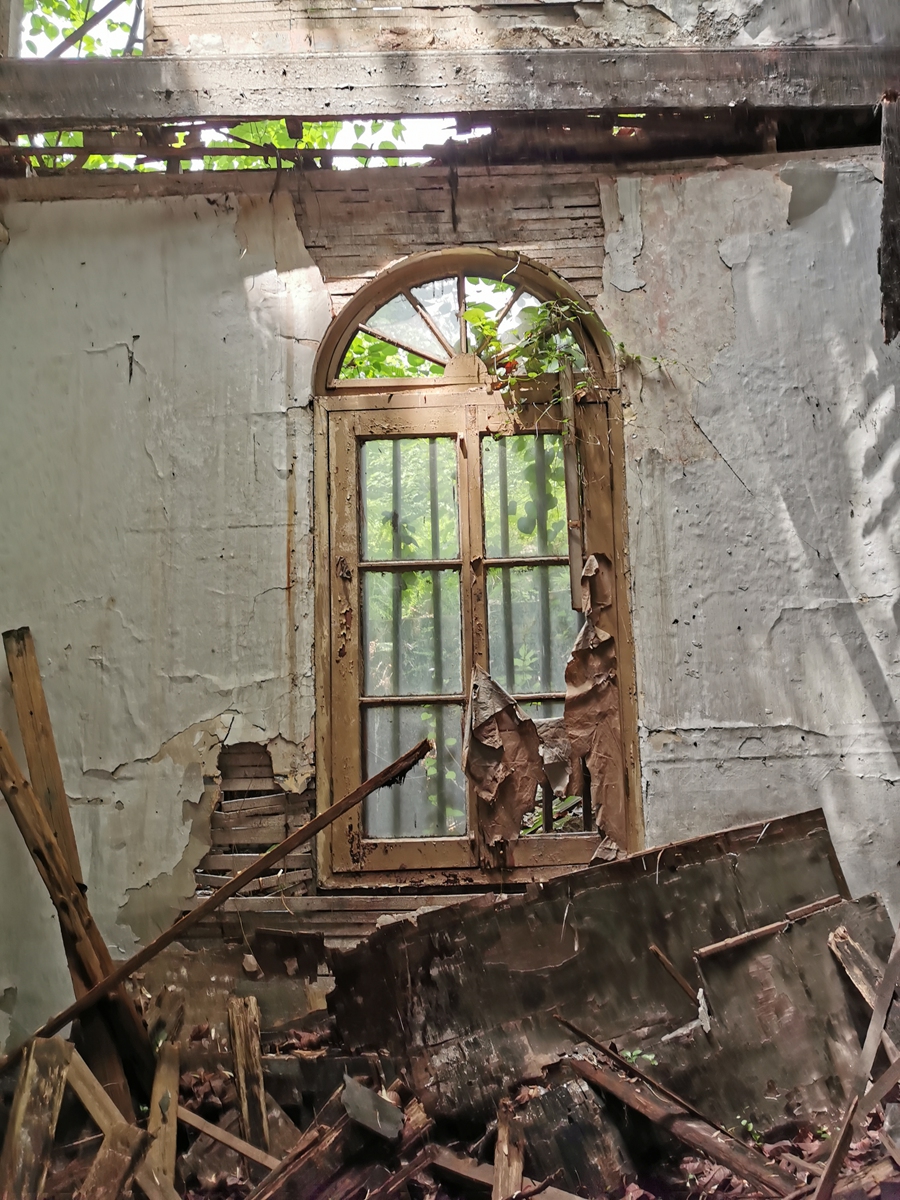
The Little & CO building before restoration Photo: Courtesy of Si Wei
"It was encapsulated by trees and grass, pretty much looking like a 'haunted house,' " Si Wei, a member of a historical building restoration team in China's Chongqing Municipality, told the Global Times, recalling the first time he set eyes on the old site of Little & CO - a historic building that witnessed the cultural exchanges between China and the UK over 100 years ago. This landmark location has now been renovated into a museum that aims to educate the public about the city's history.'Haunted house'
This European-style building on the south bank of the Yangtze River was once a small trade center established by British merchant Archibald John Little in 1896. It was once used for businesses such as bristle washing and importing and exporting goods and food, but was later abandoned. As the years went on, it was gradually forgotten as tall modern mansions sprouted up around it.
Si told the Global Times that when he first entered the site in 2018, he noticed the three-story house was unbelievably fragile but still bore its antique aesthetic.
The ceiling was decorated with a dust-covered Chinese cabbage carving done in the Hui sculpture style - an national intangible cultural heritage art that originated in Guangdong Province. Meanwhile, the walls were decorated paintings of bats, while pumpkins, peaches and persimmons sculptures adorned the spiral staircase.
Such details show how Chinese culture had already begun inspiring Westerners more than 100 years ago.
"The cabbages are there because he [Little] was a businessman. The pronunciation of cabbage in Chinese is baicai, which sounds like the auspicious phrase 'money from a hundred directions.' Bat is pronounced bianfu, the fu part of which sounds similar to the word for good fortune," Si explained.
The restoration project kicked off in 2020, but before it began Chongqing Yudi Vision Culture Industry, the company in charge, spent a long time coming up with a plan to modernize the house - bringing in electricity, the internet and modern safety standards - while preserving its merged Western and Chinese aesthetic.
In the outside corridor on the second floor was a wall upheld by pillars that were originally engraved with a special "grass dragon" pattern that was an iconic design on Qing Dynasty (1644-1911) wares. These have been restored and are a highlight of the building. Additionally, the unique red-brown color of the building's outside walls were restored after multiple consultations with ancient architecture experts.
"There are almost no kilns that still make such delicate ancient works, but we managed to find a small one to produce some for this building," said Si.
"The building is now 90 percent restored to its original appearance."
The company was not the only one to contribute to the restoration, the British Consulate General in Chongqing recommended garden design experts in the UK to help reshape the outside, while the local Cultural Management Office of the Nan'an District assisted with research.
Historical district
The restoration of the old house is just one piece of the puzzle that is the history of the area. A total of 17 historical buildings in the area are being restored and have been designated as a site that aims to tell the history of Chongqing as an open trade port.
These old buildings have been further divided into three groups according to their historical and cultural importance. Along with the Little & CO site, there are two other major buildings: an old storage house and the Boluo house, known in English as the Chungking house.
The old storage house has been turned into the Chongqing Open Port History Museum. It provides a well-curated introduction to the true history of the city and how cultural changes influenced the city's development.
The Chungking house was an iconic 19th-century English club that provides an interesting look into the lives of Westerners in ancient China.
According to Zhou Yong, a historian researching Chongqing, while the port was opened in 1891 with the signing of an "unequal treaty," it was still a major turning point for the city as it stimulated China-West cultural and commercial exchanges, making Chongqing a major economic and diplomatic hub.
"The significance of the museum is to show the true history of what the city has been through. It should be viewed differently and positively in order to understand it, especially young people, as this can encourage them to contribute more to the city and our country," said Si.
As Si explained, the third group of buildings in the site will host some commercial units.
The site is currently scheduled to be opened in early 2023.
